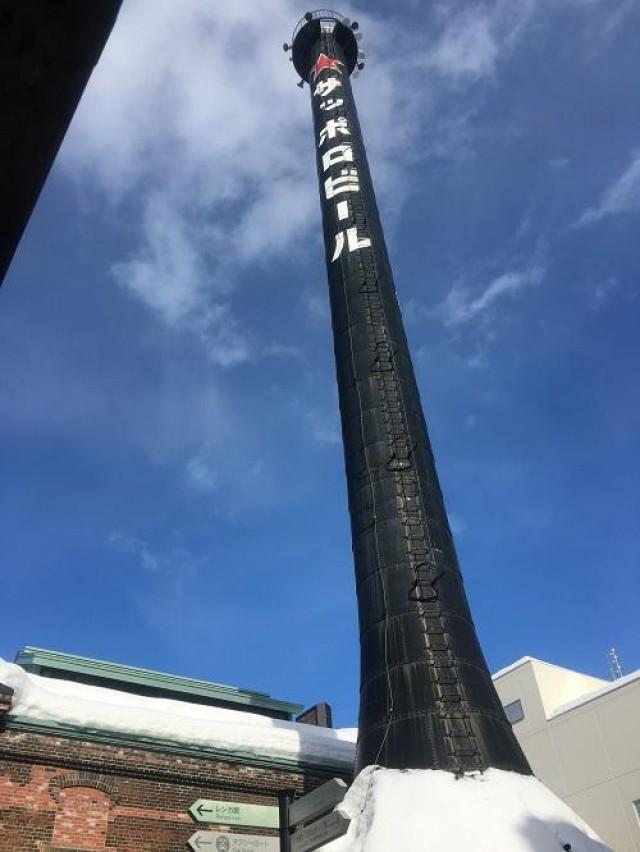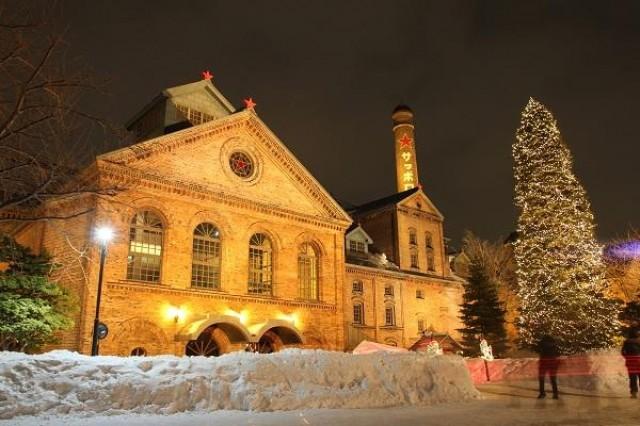Here's a DIY guide to Sapporo, so you can do a Tonyo and Lea in 'Kita Kita'
I have to admit that my primary agenda for watching "Kita Kita" (I See You) was to see the attractions and landmarks of Sapporo, Hokkaido’s capital city in northern Japan.
The fifth largest city of Japan by population is very dear to me; it was part of the itinerary that my wife and I undertook for our honeymoon early this year.
The challenge of going to Sapporo from either Osaka or Tokyo — the usual gateways of Filipinos to Japan — lies in deciding what you value more: time or money?
A domestic flight onboard Japanese low-cost carries like Peach, JetStar Japan, AirAsia Japan, and Vanilla Air easily costs Y5,000-10,000/per way (around P2,500-P5,000/per way) and takes only less than two hours. A bullet train (Tokyo-Sapporo) using the Japan Rail (JR) Pass, meanwhile takes 11 hours with a mandatory overnight stopover in Aomori Prefecture.
JR Sapporo station, with its multi-modal options (rail, bus, and taxi) is the perfect jump-off point for a do-it-yourself (DIY) tour of the locations seen in "Kita Kita."
First on the list would be the Sapporo Clock Tower located just 800 meters away, practically a 10 minute-walk, from the JR Sapporo station. This is the location where Alessandra de Rossi’s Lea character tours an older Japanese couple who are very much in love with each other even after several decades.

Built in 1878, the tower is a symbol of Sapporo and now serves as a museum. It is open from 8:45 am to 5:10 pm, with door charge of Y200 (about P100) per person.
A block away to the south of Sapporo Clock Tower are the Odori Park and Sapporo TV Tower, where Lea had to pacify a young Japanese girl near a fountain.
Odori Park during winter is one of two main venues of the Winter Festival and features small and large snow sculptures spanning the 1.5 kilometer long park (1-chome to 12-chome). We didn’t get to go up to the observation deck of Sapporo TV Tower due to the volume of tourists last February but tickets for admission start at Y720 for adults (about P360) with an option of riding the Mt. Moiwa Ropeway (cablecar) and seeing the Bell of Happiness and few more attractions starting at Y2,300 (about P1,150).

From Odori Park/Sapporo Clock Tower bus stop, wait for the Loop 88 Factory Line bus (flat fare of Y210 or P110) that starts and ends its commute from/to the Sapporo Garden Park. Along the way is the Sapporo Factory and its iconic meters-long black chimney with red star and “Sapporo Beer” lettering in Nihonggo.
This is where Tonyo took a selfie with his can of Sapporo beer that happened to include a randomly passing Lea. Still possessing the feel and look of its 19th century industrial origin, Sapporo Factory used to be the brewery of Kaitakushi Beer and then later, Sapporo Beer, before being converted into a cinema and shopping complex in 1993.

The Sapporo Beer Museum/Garden (Biergarten), considered by Tonyo as the “parents” of his beloved Sapporo Beer can, is Japan’s only beer museum and features historical artifacts and tells the story of beer production in Japan dating back to the Meiji period (1869) through Kaitakushi Beer. Admission is free to this three-story structure but beer tasting (Kaitakushi, Classic, and Black Label) at the ground floor requires payment.
Serious foodies and drinkers should head over to the adjacent Beer Garden where several halls offer different options like eat-all-you can Genghis Khan (grilled marinated lamb with vegetables), snow and king crabs, sushi, and of course, beer. One of these halls served as location where Lea founds out that Nobu is cheating with another Filipina, triggering her slow counting of one to ten and a few flashbacks.

Like what Tonyo and Lea did in the movie, going to Otaru Canal requires taking a 46-minute train ride from Sapporo station to Otaru via the JR Hakodate Line (Y640 fare, about P320)).
It’s another 800-meter/10-minute walk from the train station to the Otaru Canals and bridges. Aside from taking a boat ride during less colder weather, the area is also famous for Otaru Yuki Akari no Michi or the Light Path Festival.
Candle-lit lamps are placed on top of Otaru Canal and its banks every February, coinciding with the neighboring Sapporo Winter Festival. Once you go back to Sapporo station, complete your Northern Japan experience by visiting Susukino. Who knows, you might just find the “Banana” to your “Heart” in one of the establishments in the area’s famed ramen alley or bars. — LA, GMA News




